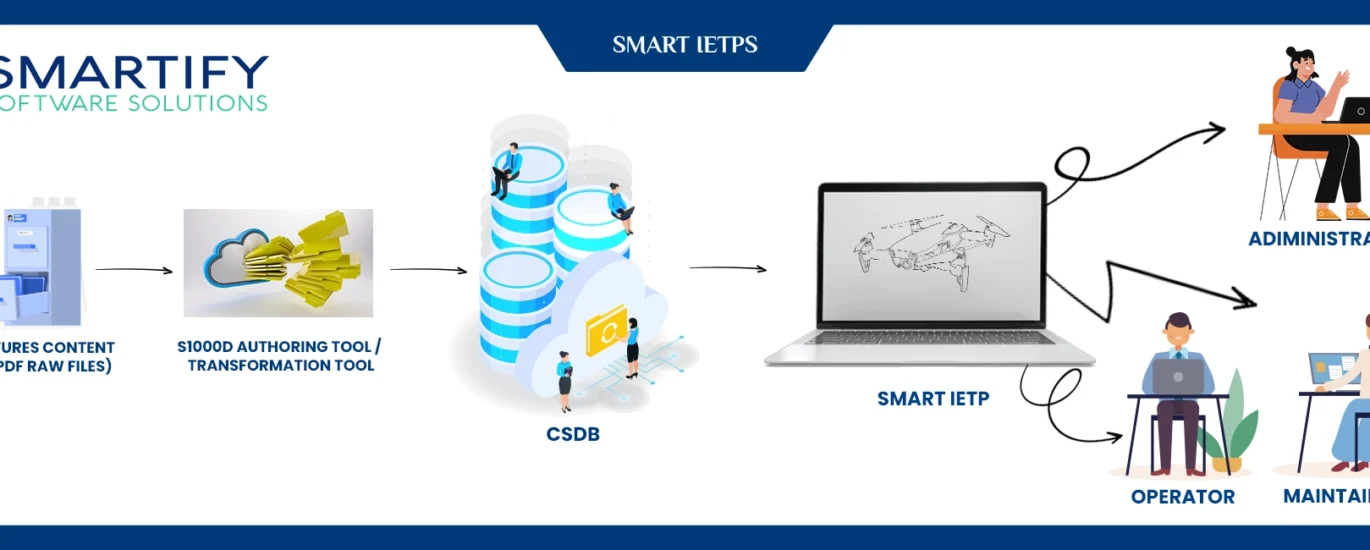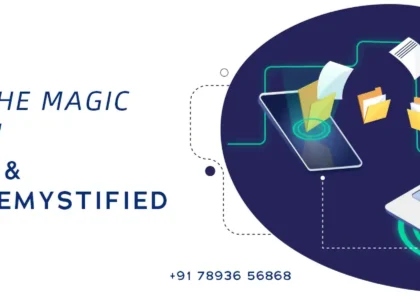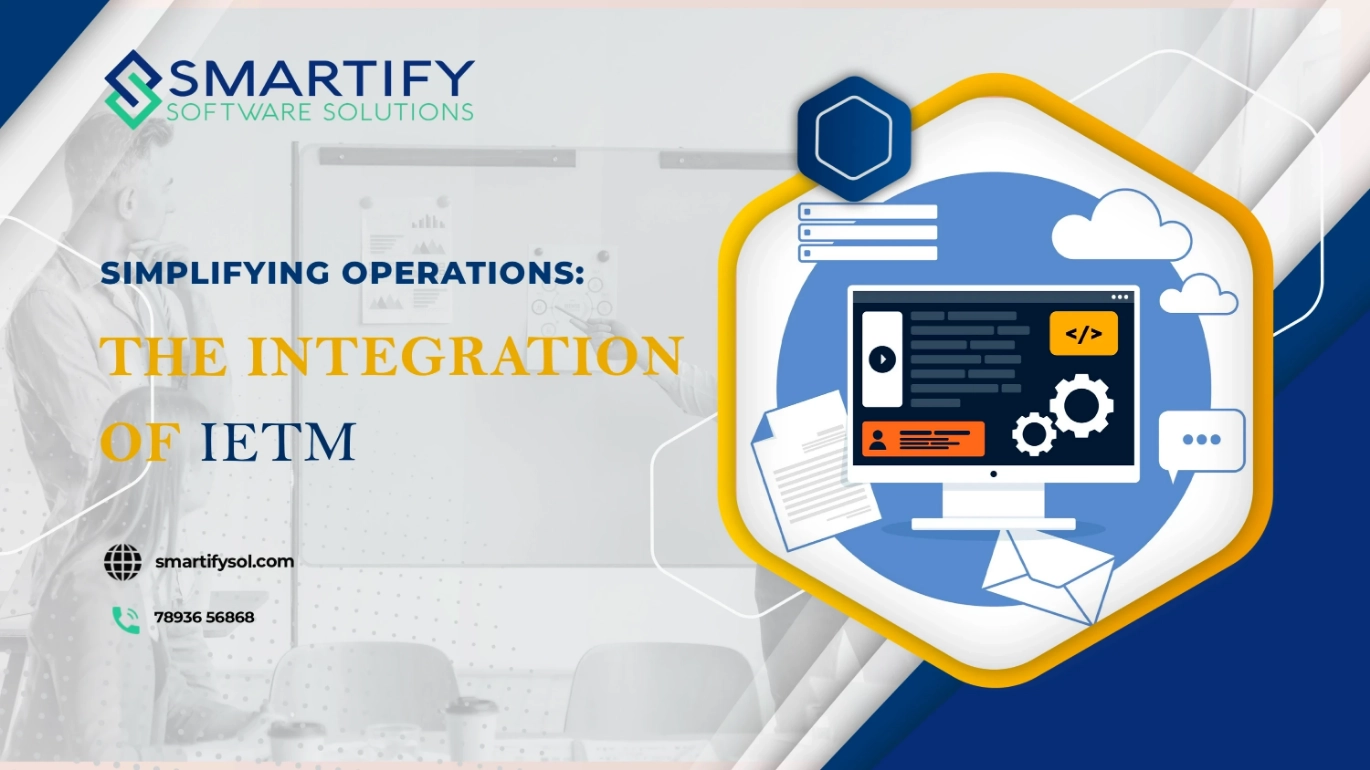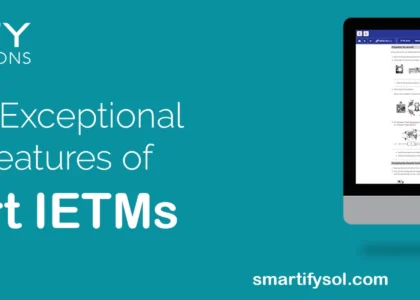In the world of technical documentation, where precision and clarity reign supreme, there exists a standard that stands as a beacon of order amidst the chaos of jargon and intricacy. This standard is known as S1000D, and in this blog post, we’ll embark on a journey to demystify its purpose, principles, and practical applications in the simplest terms possible.
What is S1000D?
S1000D is not the name of a new robot or a secret code from a spy movie. It’s a set of rules—a standard—that helps in organising, managing, and distributing technical information. Imagine it as a universal language that allows different people, companies, and even countries to understand and use technical documents in the same way.
Why is S1000D Important?
Think about the last time you tried to assemble a piece of furniture or fix a gadget using a manual. If the instructions were confusing or unclear, you probably ended up frustrated and with a half-done project. S1000D aims to prevent this by ensuring that technical documents are structured, consistent, and easy to understand.
Key Components of S1000D:
Data Modules: Instead of one giant manual, S1000D breaks down information into smaller chunks called “data modules.” Each module covers a specific topic or task, making it easier to find and use the information you need.
Common Source Database (CSDB): This is like a digital library where all the data modules are stored. It allows multiple users to access, update, and share information in real-time, ensuring everyone is working with the most current version.
XML (eXtensible Markup Language): S1000D documents are written in XML, a versatile markup language that allows for easy organisation and presentation of data. XML is like the scaffolding that holds everything together, ensuring consistency and structure.
Business Rules: S1000D provides guidelines and rules for creating and managing technical documentation. These rules cover everything from how to format text to how to label images, ensuring that documents are standardised and interoperable.
Practical Applications of S1000D:
Aerospace and Defense: S1000D is widely used in industries like aerospace and defence, where complex technical documentation is crucial for safety and compliance. Whether it’s maintenance manuals for aircraft or training guides for military equipment, S1000D ensures that critical information is clear, concise, and accessible.
Manufacturing and Engineering: In the manufacturing and engineering sectors, S1000D helps streamline processes, improve efficiency, and reduce errors. By standardising technical documentation, companies can ensure that products are built correctly and meet quality standards.
Healthcare and Pharmaceuticals: Even in fields like healthcare and pharmaceuticals, where technical documentation might not be as obvious, S1000D can play a role. From user manuals for medical devices to regulatory documentation for pharmaceutical products, S1000D ensures that information is accurate, compliant, and easy to understand.
In a world where information is king, S1000D reigns supreme as the standard bearer of clarity and consistency in technical documentation. By breaking down complex information into manageable chunks, standardising formats, and promoting collaboration, S1000D ensures that technical documents are not just manuals but valuable assets that empower users to achieve their goals efficiently and effectively. So the next time you encounter a technical manual or guide, remember that behind its simplicity lies the power of S1000D, making the complex simple and the obscure clear.
Why is S1000D, S1000D Important, power of S1000D, S1000D, technical documentation, military equipment, aerospace and defence, data modules, processes





